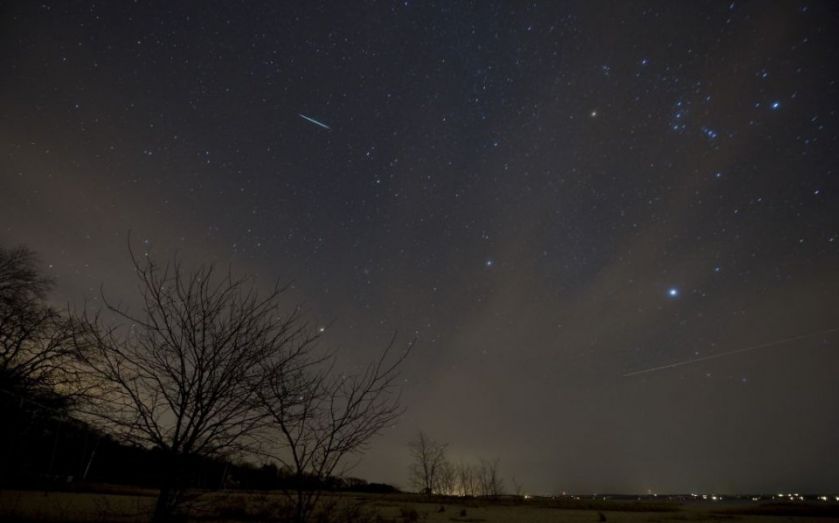A crowdfunding campaign is trying to save us from life-threatening asteroids

If a huge asteroid slammed into the Earth with crushing force tomorrow, it could swiftly bring an end to all humankind.
Luckily, that's not going to happen – our asteroid analysis and predictive techniques are advanced enough to tell when a devastating impact might happen in the near future. But that's not to say an asteroid like the one that wiped out the dinosaurs 65m years couldn’t come hurtling towards us during our life times.
These super-impacts happen extremely rarely, so generally everyone's fairly chilled out about it. The smaller ones, on the other hand, are much more frequent – asteroids with diameters of 20m or over come within close vicinity of the Earth once every 25 years , yet we have failed to invest in the infrastructure required to spot them before they arrive.
Recognising this dearth of ways to protect ourselves from asteroid attacks, researchers at Iowa State University’s Asteroid Deflection Research Center have launched a crowd-sourcing campaign to raise funds for a new kind of defence system.
Called the Emergency Asteroid Defence Project (EADP), the hope is to build a machine capable of identifying and deflecting incoming objects at very short notice.
The Hypervelocity Asteroid Intercept Vehicle (HAIV) would be made of two parts, working together to kick the asteroid in the opposite direction to Earth and then obliterate it into lots of harmless pieces in space.
But in order to get the project under way, the researchers must raise $200,000 (£127,000) through their campaign on Indiegogo. This will go towards designing the blueprints for the vehicle and establishing how it will be built. As an incentive, funders are being offered gifts such as astronaut ice cream and a private dinner with the head of the team.
What's the risk?
It's not just asteroids that pose a deadly threat to life on Earth – there are meteorites, general debris and a whole wealth of Near Earth Objects (NEOs) that have the potential to do serious harm.
At present, Nasa is aware of 12,600 NEOs for certain, and 1,581 of these have been classified as potentially hazardous. This might sound like a lot, but it's estimated there could be a million NEOs that aren't currently being monitored.
As a result, a number of agencies are trying to develop deflection methods, but most of them work with a response time of between five and 10 years, which would be of no use in many instances. EADP's system would be able to get rid of dangerous NEOs with much more speed.
“While scientists and government agencies around the world are aware of the potential threat of asteroid collision, no major funding has yet been designated for a near-Earth object mitigation technology study,” the team says on its website.